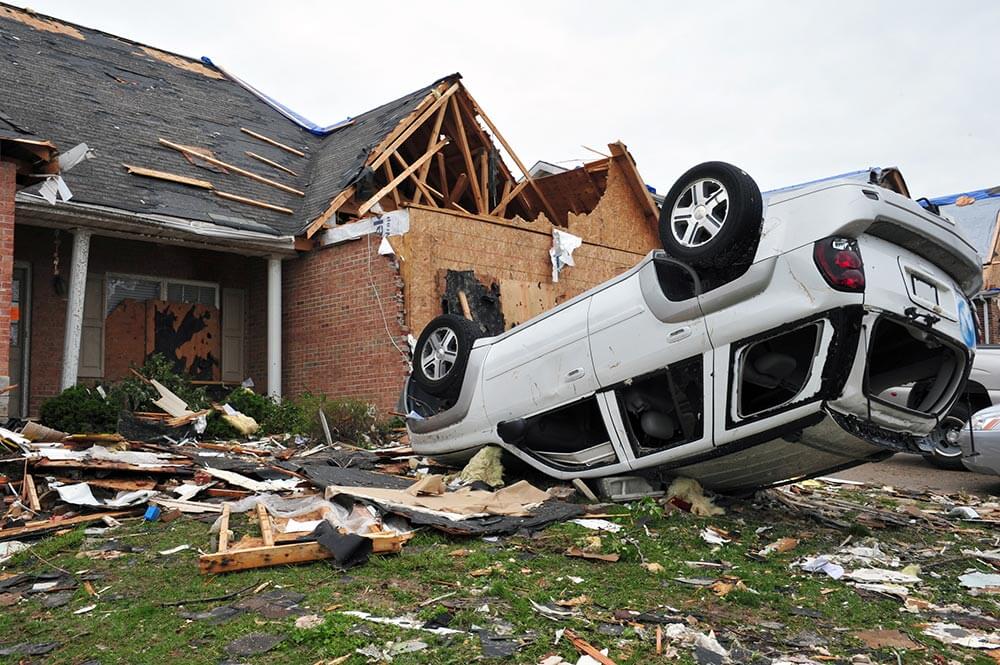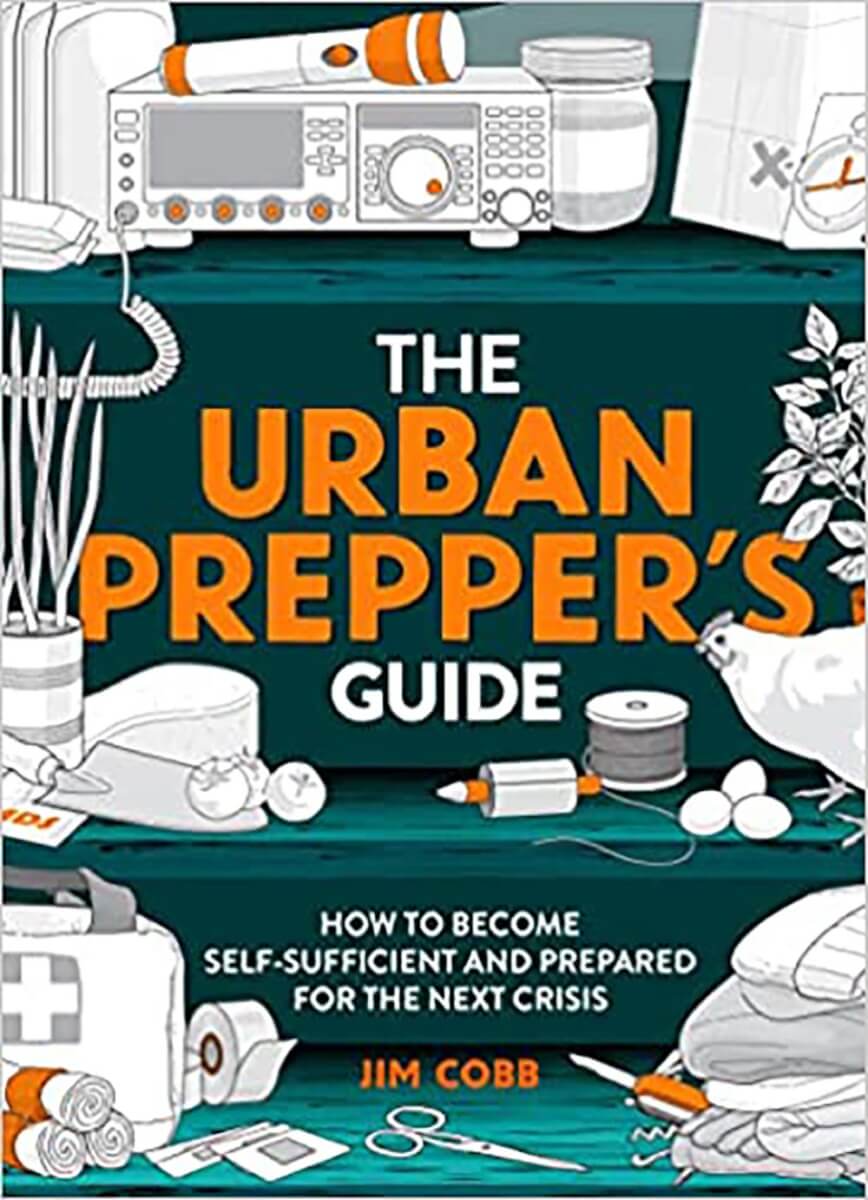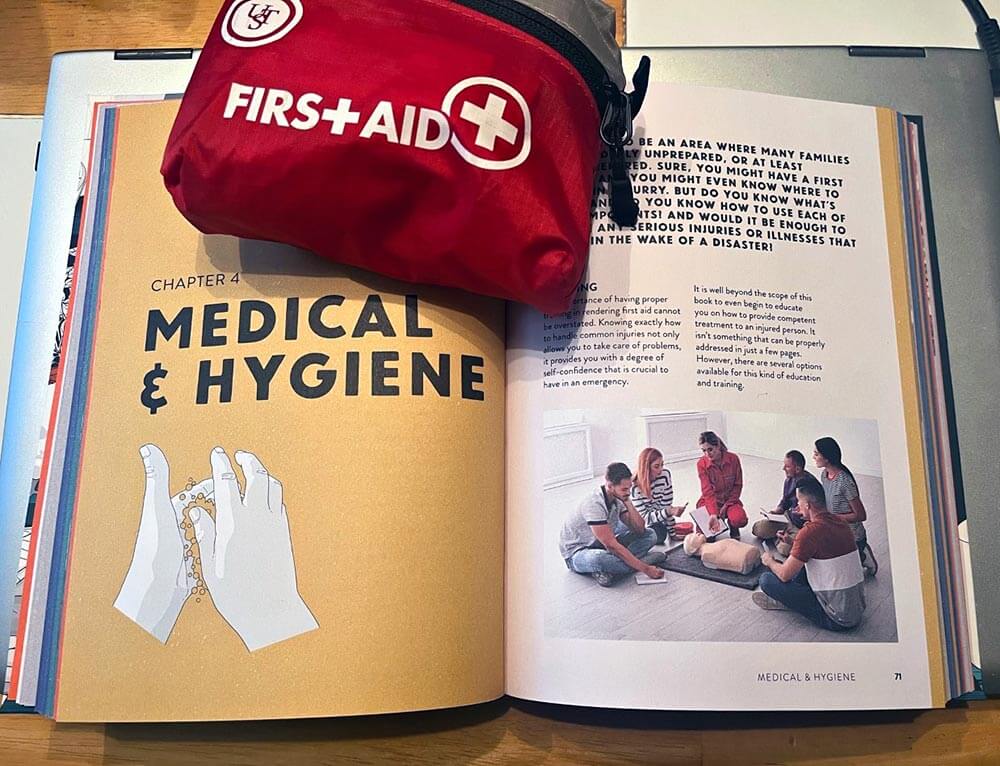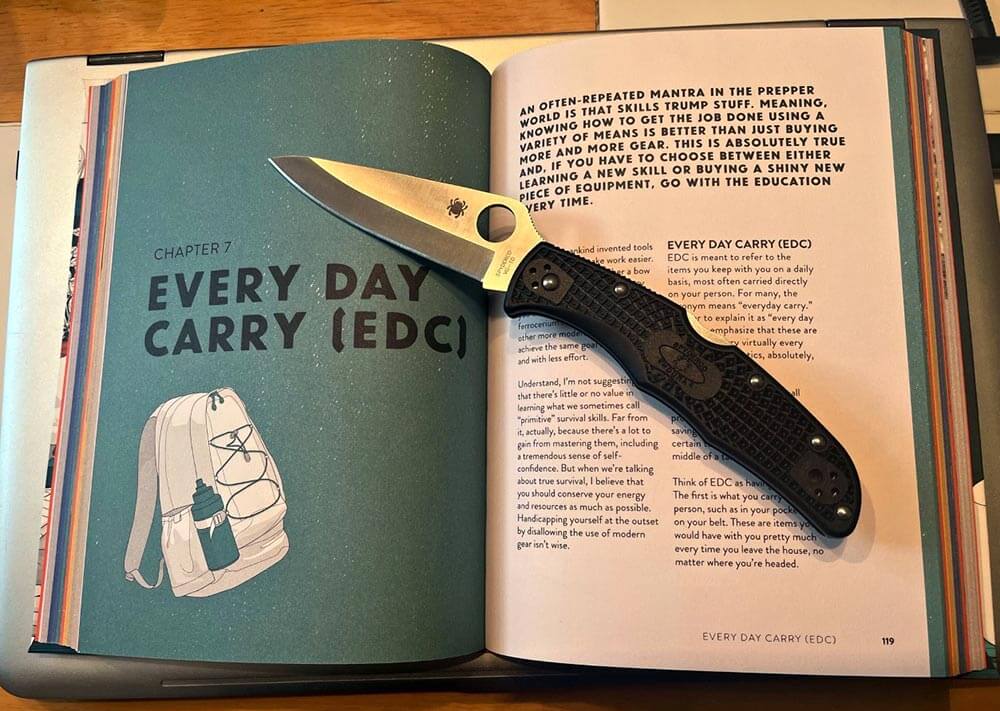JIM COBB’S LATEST BOOK DETAILS STEPS TO TAKE TO BE PREPARED FOR UNCERTAIN EVENTS
“Exactly!”
I can’t tell you how many times I’ve said that while reading something written by Jim Cobb, whether it’s an article on disaster preparedness, wilderness survival, or simply a review of a knife or another piece of gear. His ideas are the best combination of knowledge, experience, and something that’s seemingly in short supply these days: common sense.
Cobb has penned quite a few books on self-reliance topics, too. One of his latest efforts is “The Urban Prepper’s Guide,” subtitled “How to Become Self-Sufficient and Prepared for the Next Crisis”.

Martin Haas / Dreamstime.com
PACKED WITH INFORMATION
This 224-page book, published by the Welbeck Publishing Group (www.WelbeckPublishing.com) presents lots of information delivered in a concise, straight-forward style that’s quick and easy to read without getting bogged down in philosophical musings or gloom-and-doom prognosticating.
There are some people out there who still think that disaster preparedness involves a plan to head to the woods to “live off the land.” Imagine several million city residents suddenly storming the forests to forage fungi, scrape tree bark, collect tasty insects, and hunt an occasional squirrel.

“While a city isn’t the best place to be during a disaster,” writes Cobb, “the situation isn’t as hopeless or dire as others may predict. There are, in fact, many things you can do as an urban resident who wants to be prepared, from building up a stockpile of food and other supplies to strengthening your security measures to protect what you have.”
While the word “urban” is in the title, don’t think this book is aimed solely at big-city apartment dwellers. This book is filled with tips, techniques, and game plans that can help you to survive an emergency situation no matter where you live.
“Cobb addresses how to prepare for critical situations by organizing his discussion of the essential elements of survival into color-coded chapters.”

Have you ever thought about what you can do to prepare for a prolonged power outage? How will you get by in the aftermath of a hurricane or an earthquake? What if looters come into your neighborhood? There many possible emergency scenarios, with critical decisions to be made and key supplies you’ll need.
Cobb addresses how to prepare for a vast array of critical situations by organizing his discussion of the essential elements of survival into color-coded chapters. There are chapters on water, food, shelter, medical and hygiene, security, communication, everyday carry, home safety, finances, soft skills, emergency evacuation, survival mentality, and the first 24 hours.
In the water chapter, he tells how to conserve water, collect it, purify it, and store it. In the food chapter, he tells how to grow food, preserve food, along with suggesting the best types of food to store. How will you cook if the power’s out? He addresses that too.
THE RIGHT STUFF
“The Urban Prepper’s Guide” contains plenty of suggestions for the type of gear you’ll need, from household items to things to pack in a bugout kit. Cobb is a firm believer that good preparation involves acquiring and using the proper tools and equipment for any given job. In other words, don’t stockpile crayons that could be made into candles. Just stockpile the candles. Don’t believe that wasp spray is a suitable substitute for pepper spray. Buy the pepper spray.
That being said, if certain items become hard to acquire, you might be forced to improvise. Cobb outlines some simple projects, including a good way to erect a tarp and bucket to collect rainwater, how to make a swamp cooler, an easy recipe for homemade hand sanitizer, a hand-powered washing machine made from a plastic bucket and a toilet plunger, and more.

Cobb finishes this book with some good appendices. One provides several checklists of items you need for home, work, and travel kits. Another provides a list of suppliers. Very beneficial, too, is the appendix he calls The Survival Library. While Cobb’s book is very helpful, no one book can cover everything in greatest detail. Cobb provides a list of some of the top books available should you want to explore certain topics more thoroughly, including general preparedness, homesteading and gardening, wild edibles, medical concerns, and mindset.
GOOD FIRST STEP
Yes, you might be forced to evacuate a devastated area or bug out when there’s a threat from rising flood waters or an approaching wildfire. But in most situations, you’ll probably shelter at your residence. You’ll do the best you can with the knowledge you’ve gained by reading books like this, and, hopefully, with the skills you’ve practiced, and the supplies you stored.
“…set a goal to be better prepared, then work just a little bit each day toward getting there.”

“The Urban Prepper’s Guide” provides a great primer for getting up to speed on what you’ll need to have to weather tough times. But getting through any crisis will involve a bit more involvement on your part beyond just reading this book or any other. As Cobb says:
“I can provide you with information and advice, guidance and support, but it is up to you to do something with it…Take the next step and set a goal to be better prepared, then work just a little bit each day toward getting there.”
WHO IS JIM COBB?
We know Jim Cobb as a regular contributor to our American Outdoor Guide Boundless and Knives Illustrated magazines. But his work with us is just a small part of his overall writing output. He is the Editor in Chief for Prepper Survival Guide and Backwoods Survival Guide magazines. His articles on preparedness have been published in many other national magazines as well, including Off Grid, Survivor’s Edge, and Boy’s Life. His books include “Prepper’s Home Defense,” “Prepper’s Financial Guide,” and a soon-to-be-released updated edition of his “Prepper’s Long-Term Survival Guide”.
SOURCES
The Urban Prepper’s Guide
By Jim Cobb
224 pages
Softcover
MSRP: $15.95
www.Amazon.com
www.BarnesAndNoble.com
www.BooksAMillion.com

